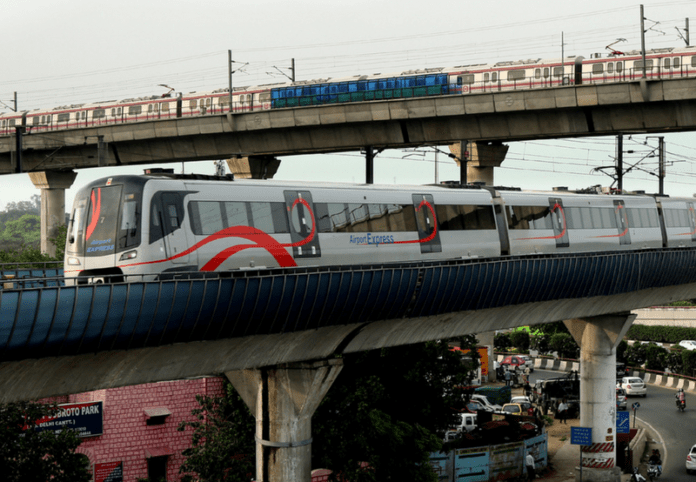The Delhi metro resumed services on 7 September, more than five months after it ceased to operate on 22 March due to the COVID-19 pandemic. The transport lifeline of the national capital was started with many precautionary measures to ensure the safety and security of the passengers. With the coronavirus cases flaring up in the national capital, there are strict rules and regulations in place to prevent any transmission of the virus.
Wearing a mask and using hand sanitizers regularly has been made compulsory for everyone. There is thermal screening for the passengers entering the metro stations; downloading the Aarogya Setu mobile application and taking care of all the social distancing measures has been made mandatory. Further, keeping in mind the threat of the spread of disease, the token system was put to rest, and only the cardholders will be allowed to travel in the Delhi metro.
The Home Ministry had earlier issued guidelines allowing the metro services in the country to resume in a graded manner, after which the Delhi Metro Rail Corporation (DMRC) said that the reopening would be done in three phases from September 7-12.
Table of Contents
THE THREE STAGES OF UNLOCK
The resumption of services of the Delhi metro was in a curtailed manner with the yellow and the rapid line becoming operational with restricted hours of operation. This was stage 1 of the reopening of the Delhi metro-rail services.
Stage two kicked in from 11 September when there was an extension in the service hours of the Delhi metro. However, 12 September onwards, the metro services went back to the pre-COVID-19 schedule of 6 AM to 11 PM when stage 3 of the unlock became operational.
Monday was the first working day since the metro services became fully operational on 12 September, and the day saw a footfall of around 2.50 lakh commuters. The number of passengers was the highest for the yellow line, which stood at around 76000, followed by the blue and the red line with about 67000 and 29000 commuters respectively using the services of the Delhi Metro on Monday. Keeping in mind the ban on the token system, approximately thirteen thousand metro cards were sold on Monday.
On the occasion of the restart of Delhi Metro-rail services, Arvind Kejriwal, the Chief Minister of Delhi, took to Twitter to say that he was happy that the metro services were restarting, but there shouldn’t be any negligence in following the precautions. While the metro services are back to normal, there are only about 500 passengers allowed in a single eight coach metro to allow social distancing and ensure the safety of the commuters. Further, the train stops at every station for 30 seconds more than the stipulated time to prevent chaos while the people enter and exit from the metro. Officers have also been appointed at every metro station to ensure that the passengers are following effective social distancing measures while they are there at the platforms waiting for the metro to arrive.
AROGYA SETU APP NOT NECESSARY DURING METRO TRAVEL?
As the people are getting accustomed to the Delhi metro once again, we hope that they are responsible enough to follow all the safety measures required to prevent the spread of the disease.













